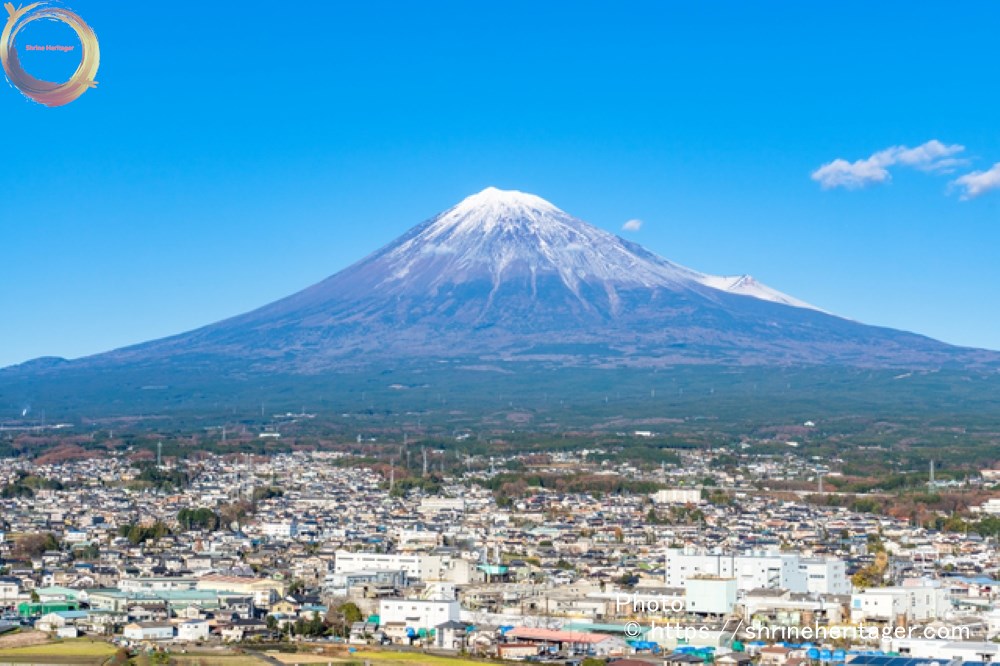Zama Shrine is tall as Settsu Province Ichinomiya, and it is one of the oldest shrines in Osaka.
目次
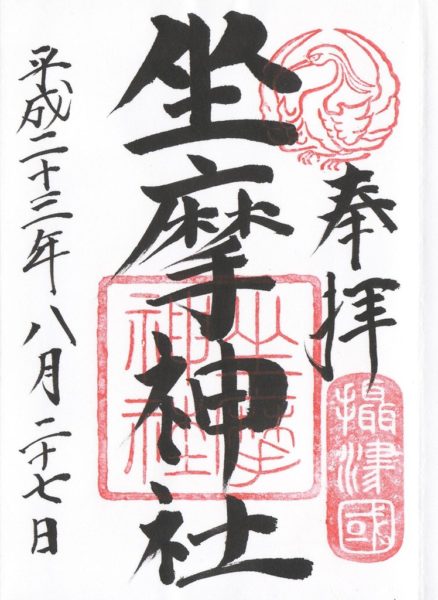
1.ご紹介(Introduction)
The official name of this shrine and how to be called The present address and map I will introduce the history of the god and the shrine enshrined.
【神社名(shrine name)】
Zama Shrine (ikasuri shrine)
[読 み (How to read)]
(Ikarijija)
[通称名(Common name)]
Zama Shrine (Zamajinja)
【鎮座地 (location) 】
Watanabe 3, 4-chome, Kutaro-cho, Chuo-ku, Osaka, Osaka Prefecture
[地 図 (Google Map)]
【御祭神 (God's name to pray)】
The five pillars are collectively zama Ogami (ikasuri no okami)
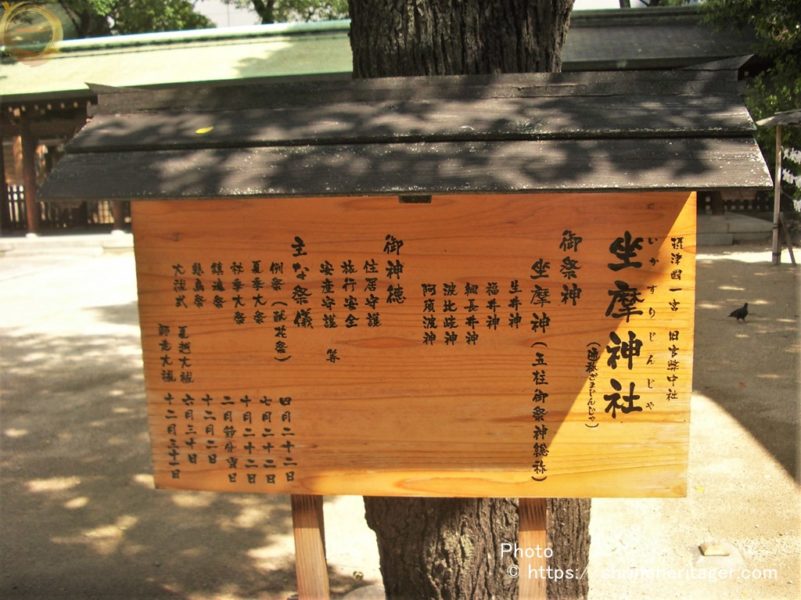
"Lord" Ikuigami (ikui no kami)
Fukui-jin (gakui no
kami) Tsunanagai No kami
Asuha no kami
Hahiki no kami
【御神格 (God's great power)】
Residence protection Safeguard your home
Travel Safety Travel Safety
Safe protection The wish of a healthy childirtth
【格 式 (Rules of dignity) 】
"Engishiki Jimmeicho"
Settsu Kuni
Ichinomiya Betsute Shrine
【創 建 (Beginning of history)】
There are various theories about our founding, but it is said that empress Jingong was dedicated to Oe on the southern coast of Yodogawa and watanabe land (west of present-day Tenman Bridge, near Ishimachi) when she returned from Silla.
The Enki ceremony of the Heian period is marked as the only shrine in The Saisei-gun of Aizu-kuni, and it has reached the present day as a native god. In addition, since the second year of Tenkei (939), emperor Suzaku's reign, he has been in line for 11 companies in the prayer rain, and since then he has often been kept in prayer and dedication to the prayers and prayers of rain and rain.
Zama Shrine shrine <坐摩神社行宮>
Tensho 10 years (1582) Toyotomi Hideyoshi's Osaka Castle was ordered to replace the ground, and it was transferred to the present place during the Kan'ei year. The current name of the jinza place was called Watanabe, and the original place name was moved, and it is also the birthplace of the surnames of Watanabe and Watanabe etc. in the whole country. In Ishimachi, which is said to be the old shrine site, our shrine (Imperial Palace) is still enshrined.
In 1868, during The Emperor Meiji's Osaka Yukiyuki, he was worshiped by our company and watched sumo.
In 1936, when it was lined up in the Kanmin Nakasha, the magnificent company was built in 1959 and was restored as it was before the war with reinforced concrete.
From the official website
【由 緒 (history)】
Ikuigami Fukui-jin Tsunanagai-jin Habiki-jin Asunami-jin Or more five pillars of the festival god collectively, my name is Zama-jin.
This Zama god has long been believed by the general public as the god of residence protection, the god of travel safety, and the god of anansan.
The guardian of the residence prevents unexpected harm to the residence of the person, and it protects the safety and the disaster of the people who live, and even if it is made to the imperial family in this meaning, this god was a festival as the guardian deity of the Imperial Palace continuously until today since Emperor Jinmu, and all the general people were celebrating as the guardian deity of the family in old times.
Travel safety is a charm everywhere people step on their feet, so they are protected so that they don't encounter a disaster that they never thought would be, especially when they were out or traveling far away.
There is a song of the guardian who prays to Zama-jin for safety during the trip to Manbashu.
The God of Ansan is known as the god of safe delivery from ancient times because empress Jingong prayed to our company for the safe delivery when Emperor Ogami was born.
When Emperor Meiji was born nearby, there was a prayer from the Imperial Family in particular for the safe delivery, and it was just on the day of our autumn festival.This shrine was enshrined in the southern zuebe of the present Tenmanbashi bridge until the Toyotomi Hideyoshi era, and it was the only shrine and clan god in Settsu-kuni Nishinari-gun (one area west of present-day Osaka Castle).
The land near this Tenman Bridge was called Watanabe, but in 11 years, it was enshrined in the osaka castle construction of Toyoko, and it became a place outside the festival, and the name of the town here was also the original place name of Watanabe-cho.
As mentioned above, our company is the oldest and most historic shrine in Osaka, and it was promoted to Kanminchusha in 1946, but in 1947, the company status was abolished by the ordinance.
However, along with the imperial family's peace, we have been able to protect the safety and development of the worshipers and the development of The Ujiko.
"National Shrine Festival Comprehensive Survey (1995)" [Shrine Head Office]
【境内社 (Other deities within the precincts)】
Two shrines in the southwest of the precincts
Fire-proof pottery shrine (hibusetoki jinja)
"Lord" Daitosumi (osuetsumi no kami)
Kaguchi no kami
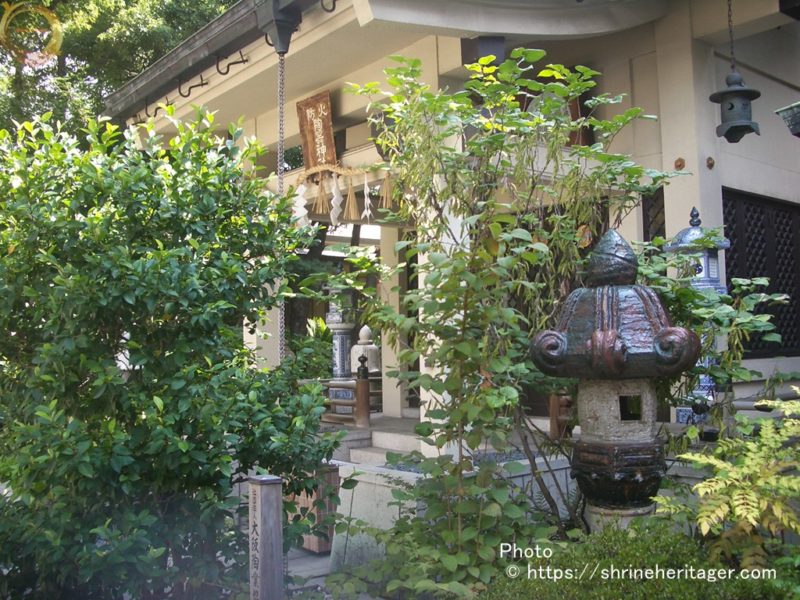
Inari Shrine
"Lord" Uga Gotamagami (ukanomitama no kami)
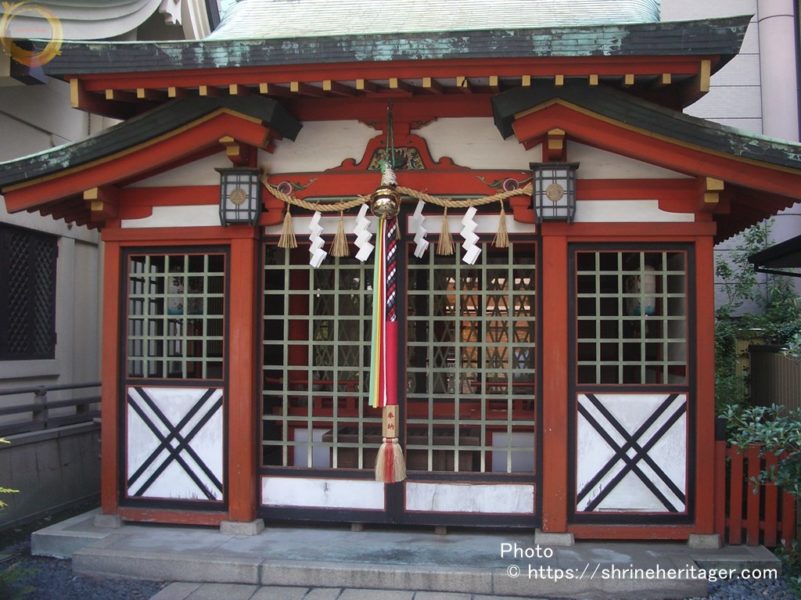
Five shrines are lined up on the north side of the precincts, and from the left toward the seat.
Oe Shrine (oe jinja)
Empress Jingong (jingu kogo)
Emperor Ojin (ojin tenno)
Takeuchi Shumei (takenochi no sukune no mikoto)
Textile Shrine (seni jinja)
"Lord" Ameno hazechio no kami
Tentanaki Himegami (ameno tanabatahime no kami)
Okuniushi Shrine (okuunnushi jinja)
"Lord" Great Power Lord Ogami (okununushi no okami)
Koji-no-Okami
Shohiko Meiojin (skunahhikona no okami)
Tenmangu (temman gu)
"Lord" Michizane Sugawara (Michizaneko Sugawara)
Aidono Shrine (aidono jinja)
"Lord" Kasuga Ogami, Sumiyoshi Ogami, Ogami Mikajin,
Sarutahiko Ogami Omiya Hiurijin, Taga Ogami, Tengo Nakaushi Ogami, Sanrei Ogami
Naobi Ogami, Suwa Ogami, Kimhira Ogami, Otoshi Ogami
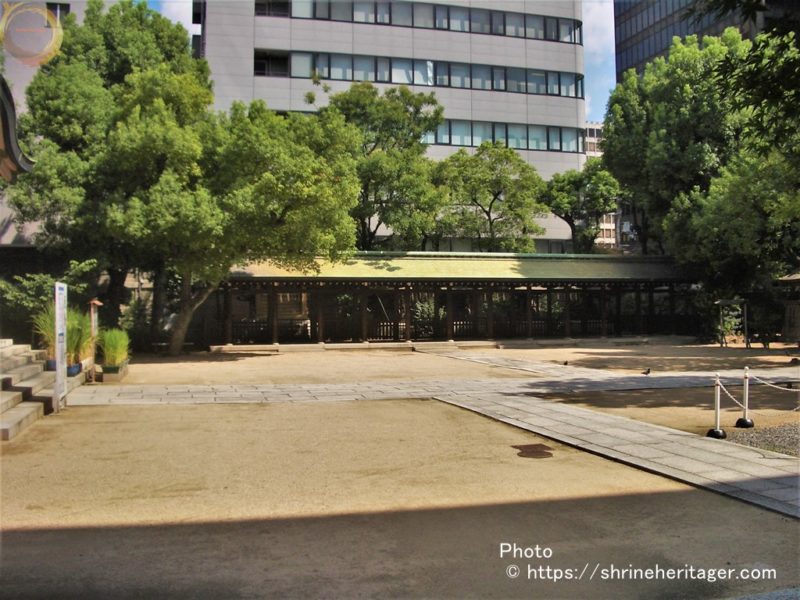
Sakaigaisha
Zama Shrine Shrine "Lord" Toyokuma Togami, Kikuma
Togami Naniwa Shrine "Lord" Amaterasu-in-Ogami, Toyoto-o-ogami
スポンサーリンク
この神社の予備知識(Preliminary knowledge of this shrine)
This shrine has a long history.
『延喜式神名帳(engishiki jimmeicho)』The two volumes that are regarded as important among all 50 ritual- style scrolls created by the Imperial Court during the middle Heian period are called " engishiki jimmeicho " (edited in December 927). Approximately 1100 years ago, the name of "2861 company" and the number of gods enshrined there are listed in the list of government offices (shikinaisha) nationwide.
【延喜式神名帳】(engishiki jimmeicho)The shrine record was completed in December 927 AD.
[旧 行政区分](Old administrative district)
(God's seat) 658 seats in Kiuchi... Large (Deposit month Shinjo) 231 (including the deposit sai-an 71), small 427
[旧 国 名 ](old county name)
(神様の鎮座数) Settsu Province 75 (Large 26 seats (15-seat Festival in 15 tsubo and 15 seats in the course)Small 49 seats (Namikan Mint))
[旧 郡 名 ](old region name)
(Number of seats in God) Nishinari-gun 1 seat (large)
[Meishin University Small] Shikiuchi Taisha
[Old shrine name] Zama Shrine (Otsuki-ju Shinjo)
[Furi-ga-no-yashiro](いかすりの かみのやしろ)
[How to read] (ikasuri no kamino yashiro)
https://www.digital.archives.go.jp/DAS/meta/listPhoto?LANG=default&BID=F1000000000000004146&ID=M2014101719562090086&TYPE=&NO= Image Use National Diet Library Digital Collection Enki-shiki Publication (Published) [Former Brewer] Autumn Leaves Yama Bunko
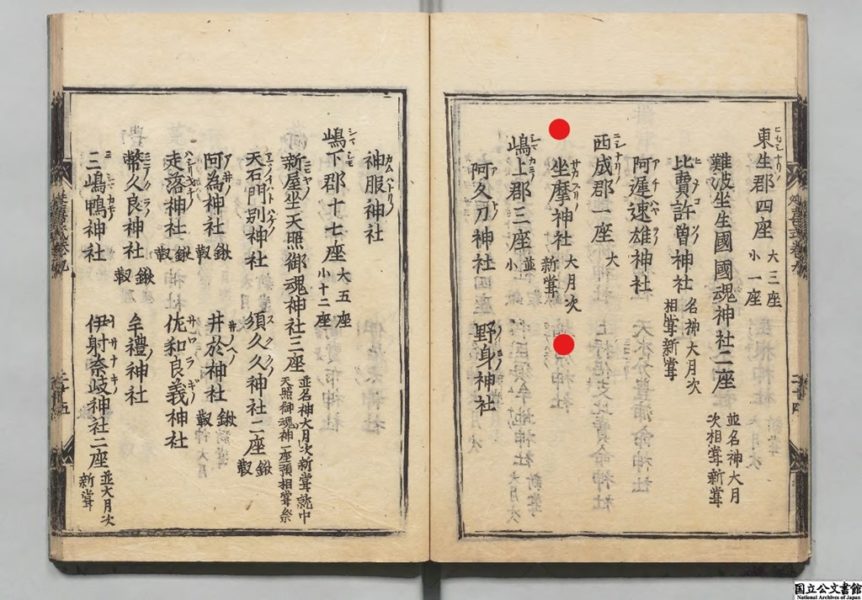
[Otaky Point] (Points Selected by Japan Otaku)
I will introduce the preliminary knowledge that you will be interested in this shrine from a otaku's point of view.
About "Sagi maru" of the white heron of the god crest
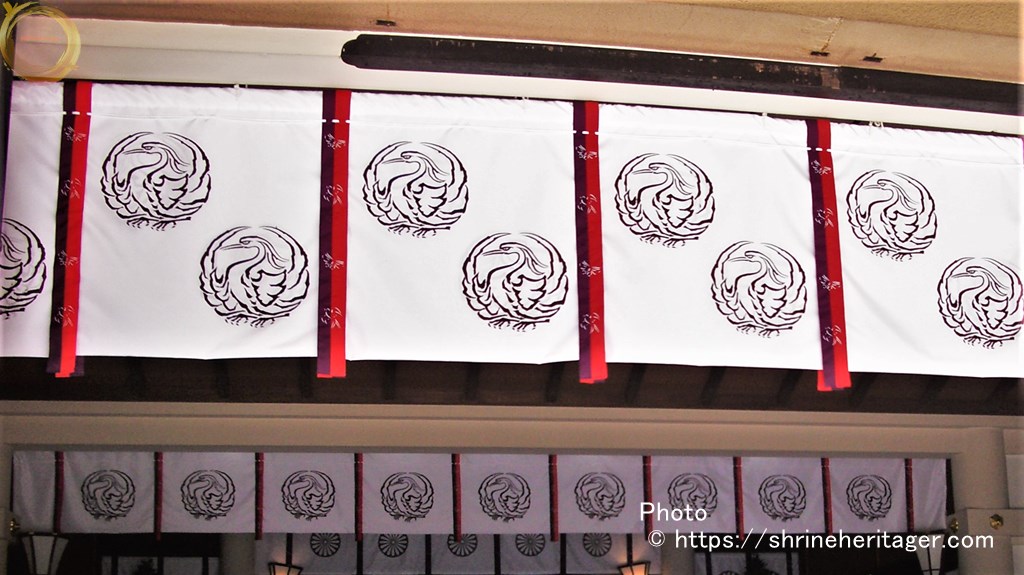
What is the origin of "sagi maru" of the white heron of the god crest?
Empress Jingong (jingu kogo) (the 14th Empress of Emperor Nakaai) followed the teachings of The God of Sashiri no Kami, "Choose a place where white herons flock to the pine branches of Tajima (near the present Tenman bridge) on the shore of Oe, The Kingdom of Settsu."
The place still remains as a travel place of the old company site "Zama Shrine Gyogu"
In the precincts, a huge stone called "The Zhenza stone of Empress Jingong" is enshrined.
Please see the article of "Zama Shrine Gyogu" Gosho
It is the birthplace of the surname "Watanabe", "Watanabe", "Watanabe" and "Watanabe", and it is the guardian deity of Watanabe-cho Watanabetsu.
The surname "Watanabe" of various typefaces is said to be the same family, and "Zama Shrine Gogu" which is considered to be the company site at the time of its foundation is said to be the birthplace of the "Watanabe" surname.
The origin of the "Watanabe" family name is saga genji, a clan that was separated from the 52nd Emperor Saga (786-842), one of the 21 sects of Genji by the Emperor.
The descendant of Watanabe Tsuna (953-1025) is said to be the founder.
At that time, it was "minamoto no yorimitsu" which corresponded to the current stream of Genji Seiwa in the beam of Mr. Gen Settsu who was in charge of this area, and he had a strong vassal such as Yorimitsu Shitenno (Watanabe Tsuna, Sakata Kintoki, Usui Sadamitsu, Bokbe Kimu) by obtaining a government position by following fujiwara clan and accumulating financial strength.
Watanabe Tsuna (watanabe no tsuna), who was the head of this four ten kings, seems to have been famous as a beautiful man who roars with great bravery, and it seems to have been famous and popular for his anecdote in which the demon's arm was cut off with Genji's famous sword "The Sword of The Beard" on the Ichijo Return Bridge in Kyoto.
"minamoto no tsuna" ( watanabe no tsuna) after watanabe no tsuna was based in Watanabe village in present-day Nishinari-ku, Osaka City and called himself Watanabe Tsuna
It is estimated that the former Yodogawa estuary, which was called Watanabetsu, Kubozu, Oe, etc., is around the "Zama Shrine Shrine Shrine" Imperial Palace.
After living in Watanabetsu, Tsuna takes his first name as Watanabe, the shrine of Watanabezu, a port that sails off the Yodo River from Kyoto.
In Watanabetsu, "Prince Watanabe (also known as Prince Kubozu)" and "Ikasuri shrine" (ikasuri shrine) who were considered the first prince to visit Kumano temple were enshrined.
Their descendants develop into samurai groups called Watanabe Party, and while based on the sea of Sumiyoshi (Suminoe) in Settsu Province (Osaka Bay), they take control of the water army of the Seto Inland Sea (Murakami Water Army) and play an active part from the War of Genpei to the North-South Dynasty, and the founder of the water army "Matsuura Party" in Kyushu will also spread its power to the whole country with the departure of The Watanabe clan.
It was the gift of "ikasuri no kami" that became such a family, wasn't it?
About Watanabe's town name
The name of the present jinza place is called Watanabe, and the original place name was moved, and it is the birthplace of the surname of Watanabe, Watanabe, etc. in the whole country.
The current address notation is
"4-chome Watanabe No. 3, Kutaro-cho, Chuo-ku, Osaka" is a little irregular
It is said that "Watanabe-cho" left the name of "Watanabe" as the street district code after the chome in the policy of the government because "National Watanabe-kai" caused a movement against the disappearance of the origin of "Watanabe-cho" of the Watanabe family name when "Watanabe-cho" became an integrated disappearance by the place name change due to the district integration in 1930.
スポンサーリンク
Visit the Shrine (Pray at the Shrine)
I introduce the state when I visited this shrine.
About 140m from Honmachi Subway Station Exit 15 about 2 minutes on foot
Arrived at Ikasuri shrine
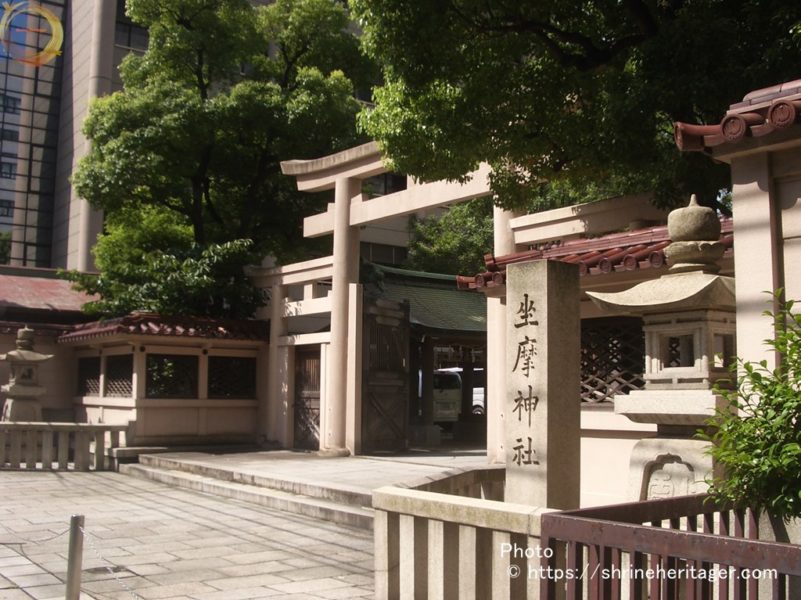
The torii gate at the east entrance of the precincts is the same "Mitsutorii" as Ogami Shrine if you look closely.
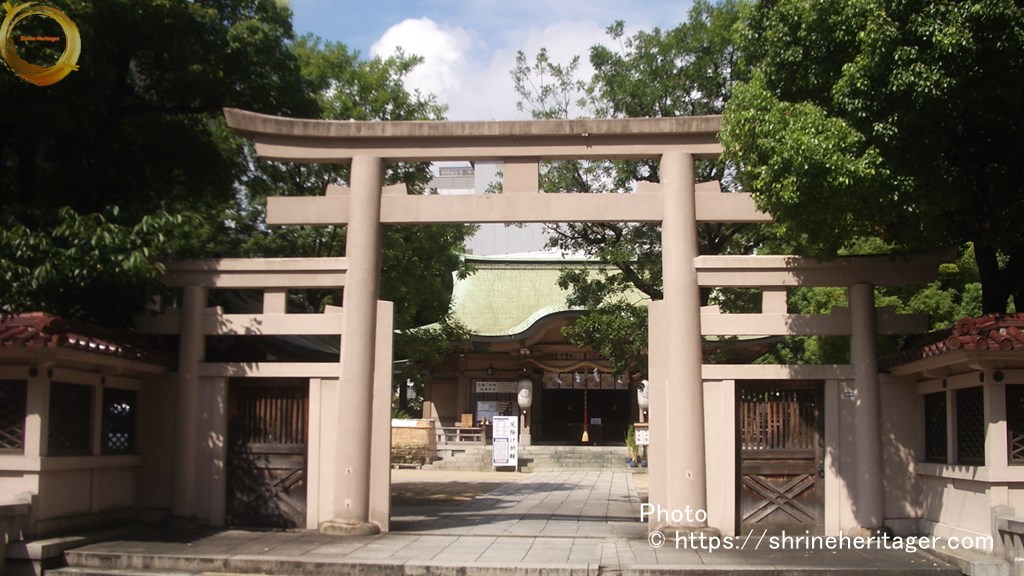
Bow and go through "Mitsutorii"
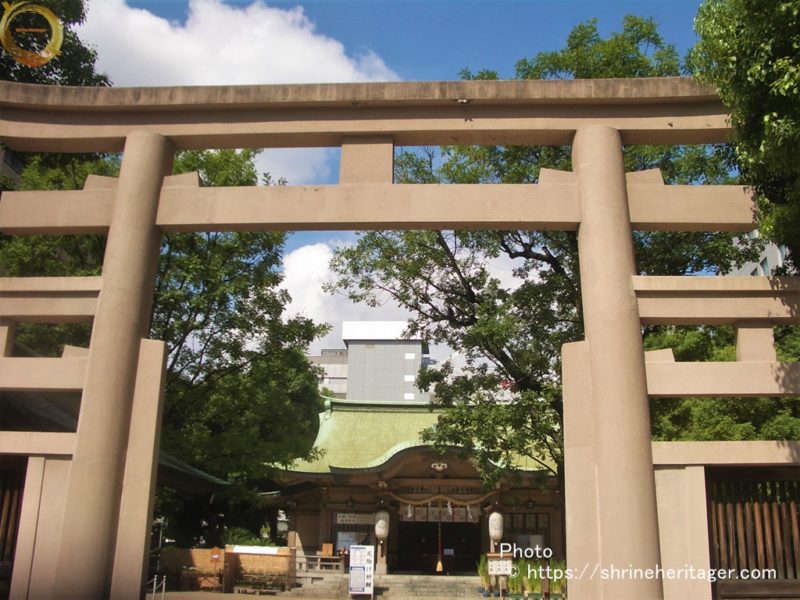
A brown Komainu made of pottery sits from side to side.
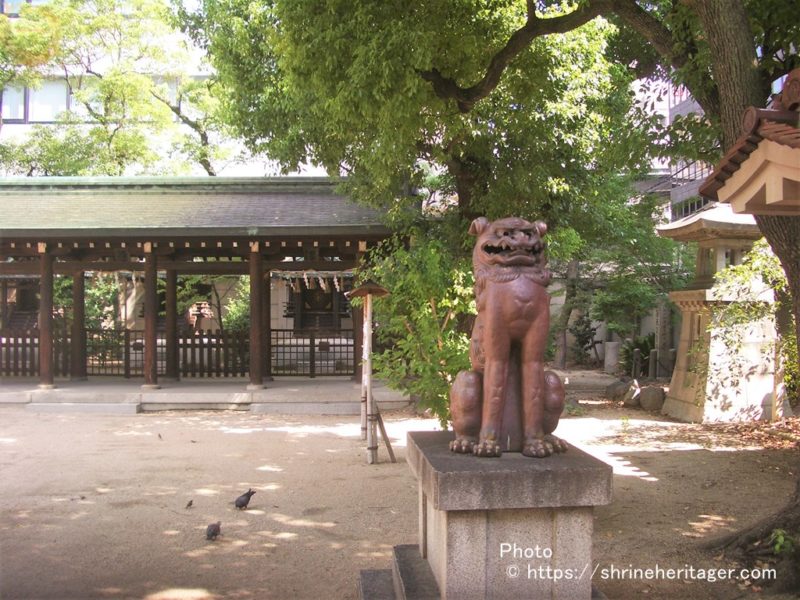
There is a "temizusha" on the left side of the south side, and it cleanses it.
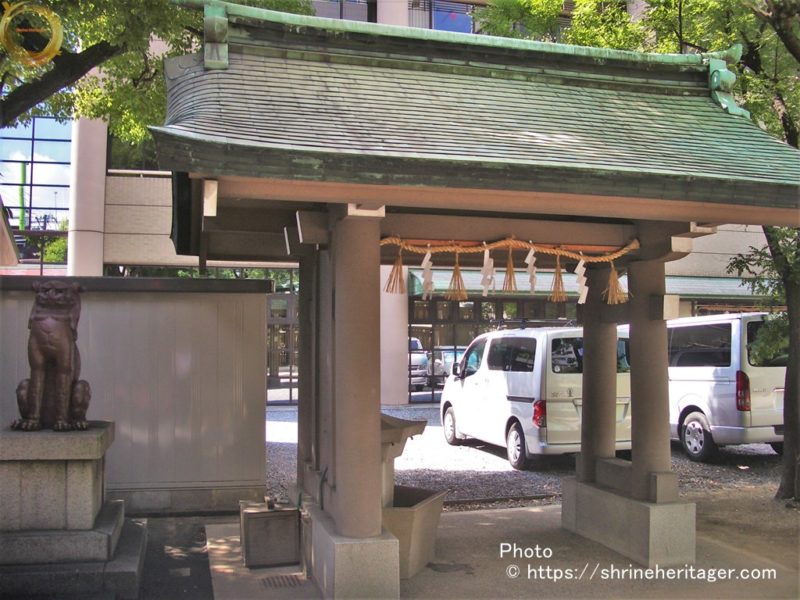
On the north side of the right side of the precincts, there are five shrines lined up and sit down.
Oe Shrine (oe jinja)
Empress Jingong (jingu kogo)
Emperor Ojin (ojin tenno)
Takeuchi Shumei (takenochi no sukune no mikoto)
Textile Shrine (seni jinja)
"Lord" Ameno hazechio no kami
Tentanaki Himegami (ameno tanabatahime no kami)
Okuniushi Shrine (okuunnushi jinja)
"Lord" Great Power Lord Ogami (okununushi no okami)
Koji-no-Okami
Shohiko Meiojin (skunahhikona no okami)
Tenmangu (temman gu)
"Lord" Michizane Sugawara (sugawara no michizane ko)
Aidono Shrine (aidono jinja)
"Lord" Kasuga Ogami, Sumiyoshi Ogami, Ogami Mikajin,
Sarutahiko Ogami Omiya Hiurijin, Taga Ogami, Tengo Nakaushi Ogami, Sanrei Ogami
Naobi Ogami, Suwa Ogami, Kimhira Ogami, Otoshi Ogami
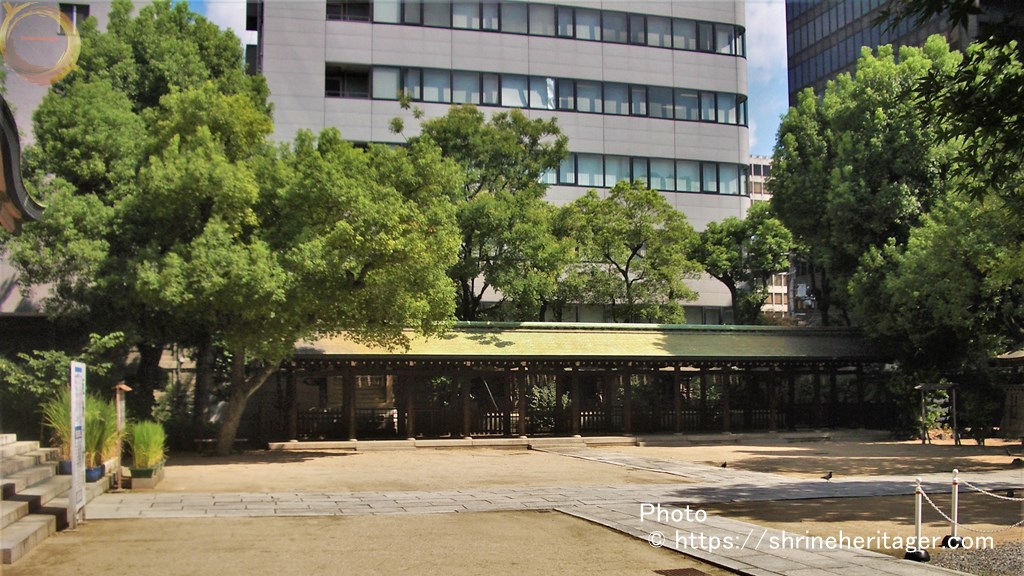
I go to the worship hall in front of the approach.
In the coin box, there is "sagi maru" of the white heron of the god crest.
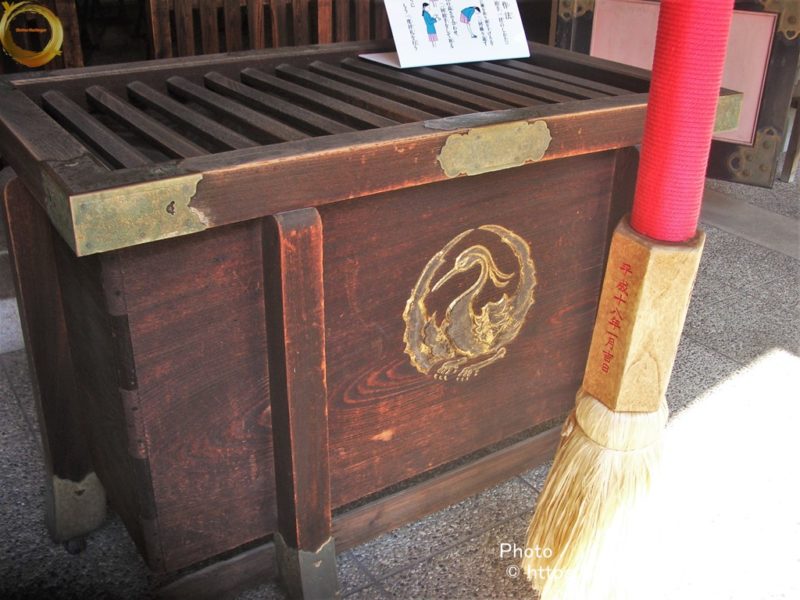
Give me a prayer.
When you reach the god of worship, where you worship God's power, pray with your hands together.
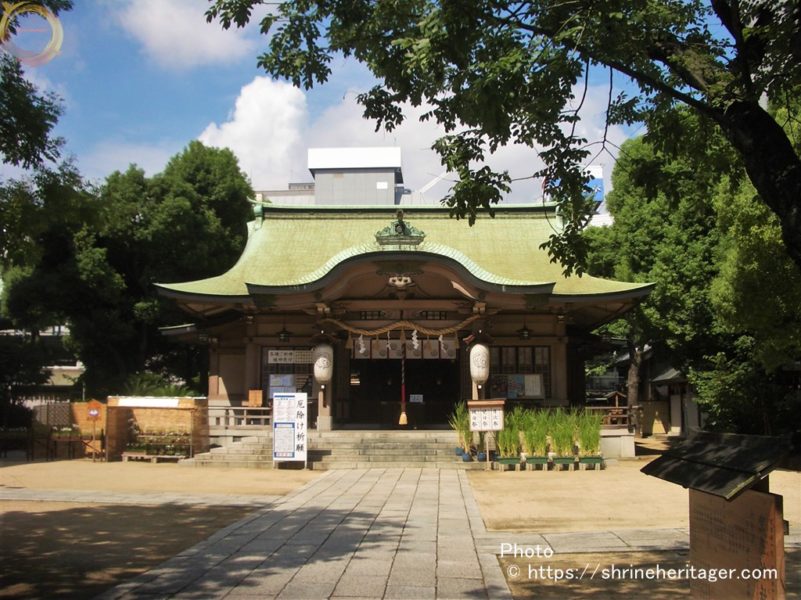
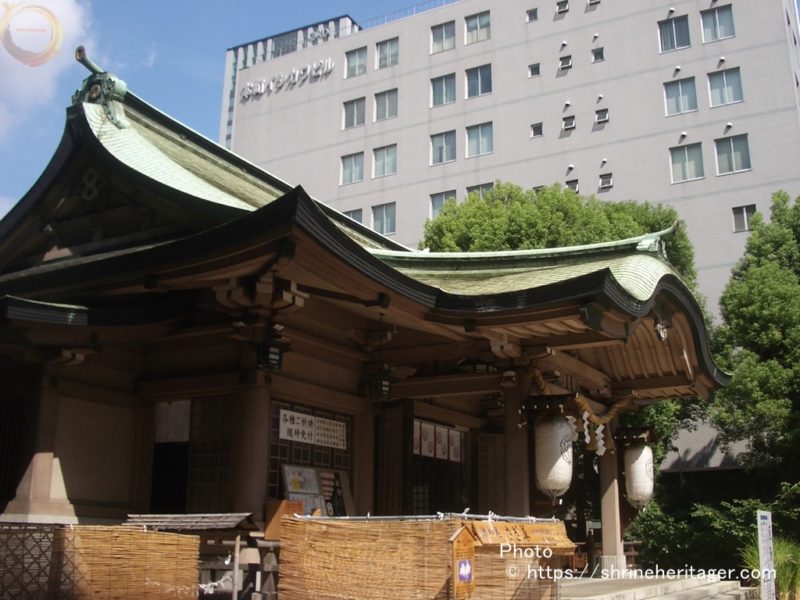
There is a approach to the west side to pass next to the shrine.
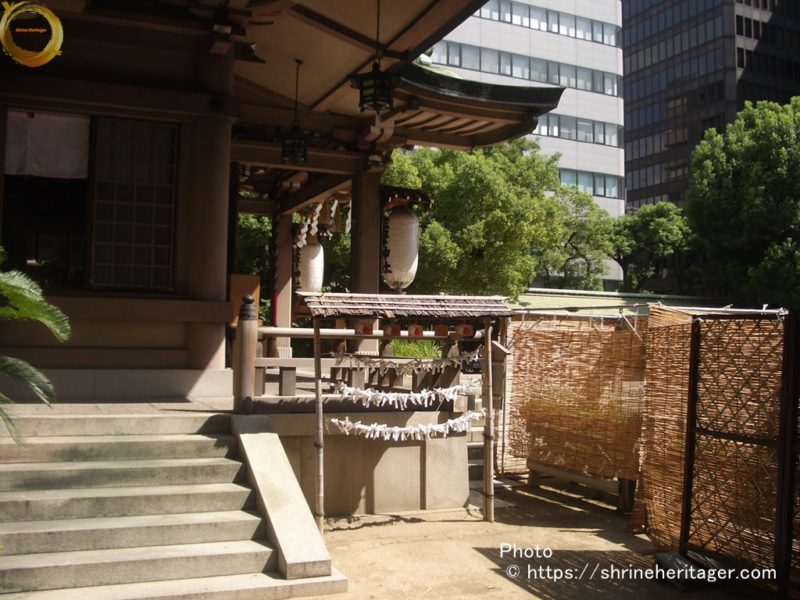
There are two shrines in the southwest of the precincts.
Fire-proof pottery shrine (hibuse toki jinja)
"Lord" Daitosumi (osuetsumi no kami)
Kaguchi no kami
Inari Shrine
"Lord" Uga Gotamagami (ukanomitama no kami)
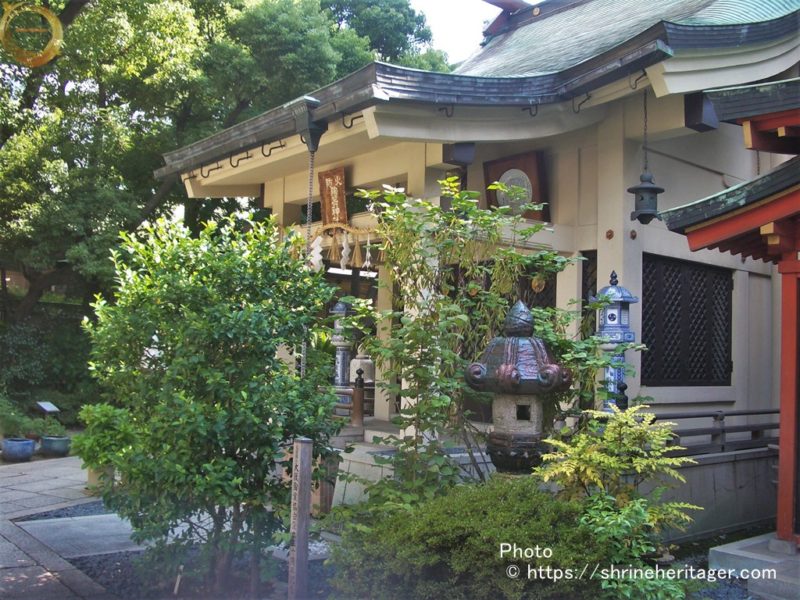
Various pottery products are placed around hibuse toki jinja.
Arita ware lantern picture dish Shimizu ware hanging lantern
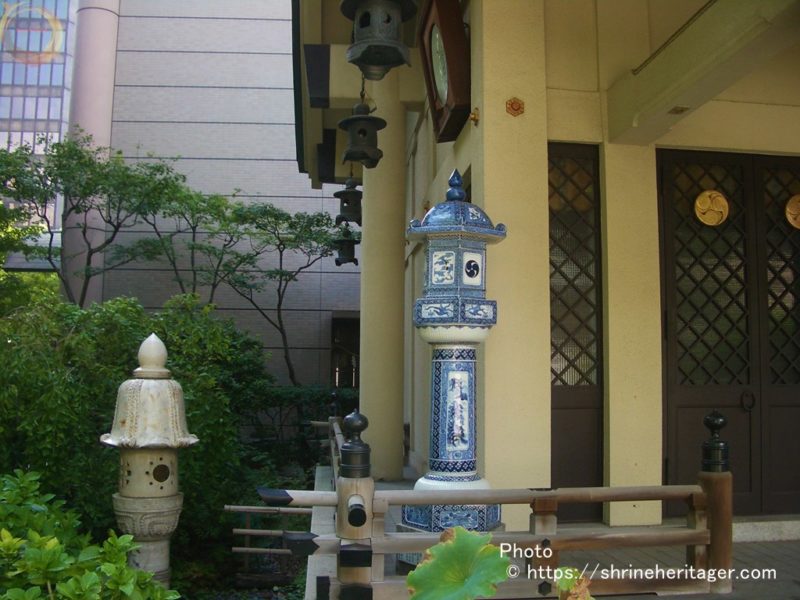
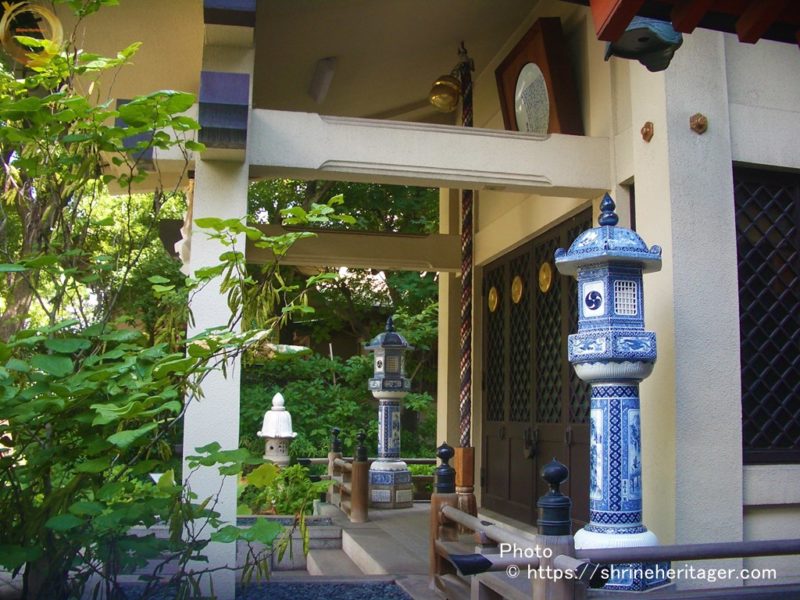
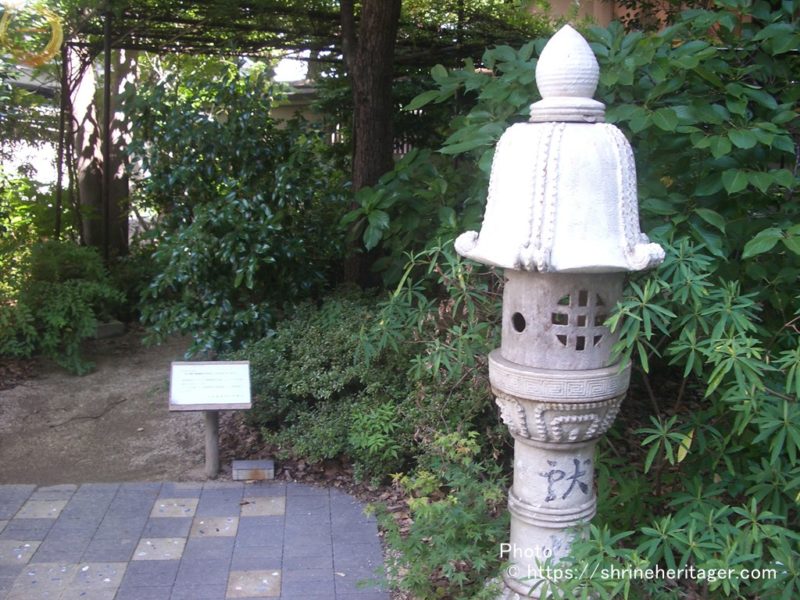
Shigaraki ware lantern, hand water bowl? Such as
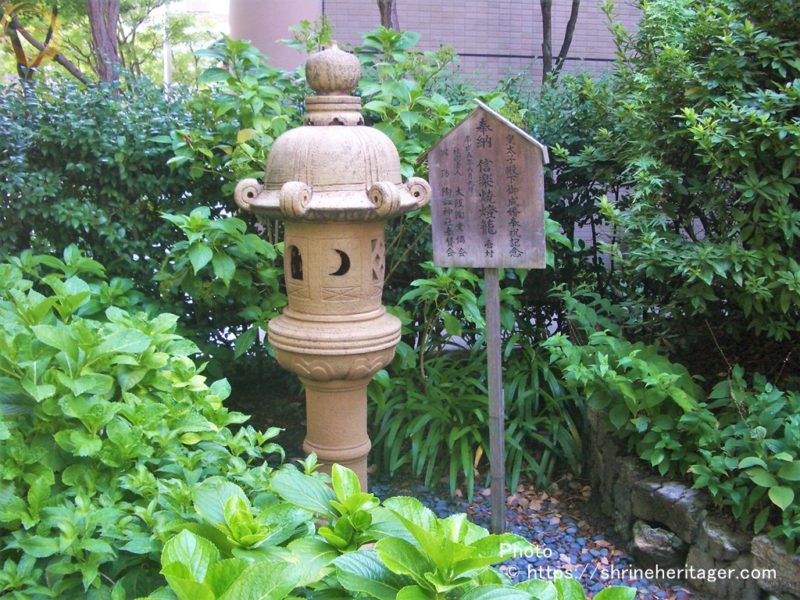
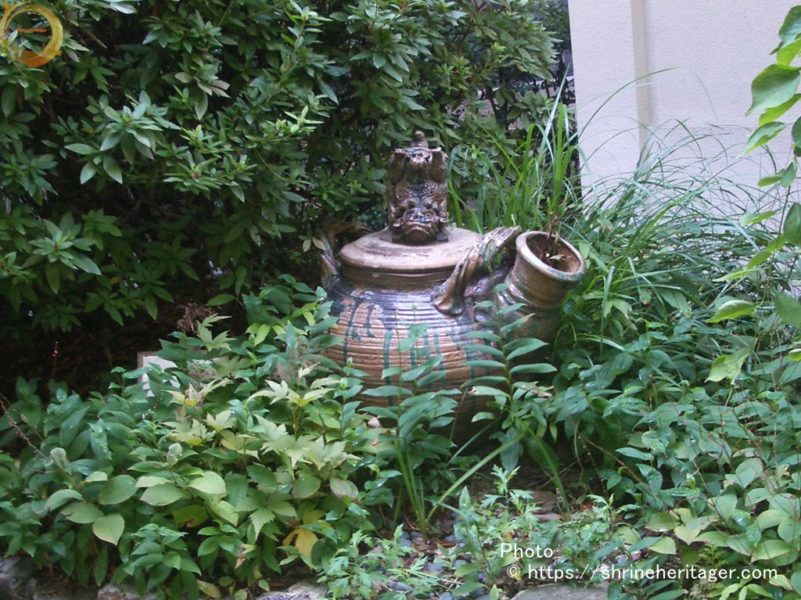
There is also a "history of ceramic plate", and I feel the god of pottery.
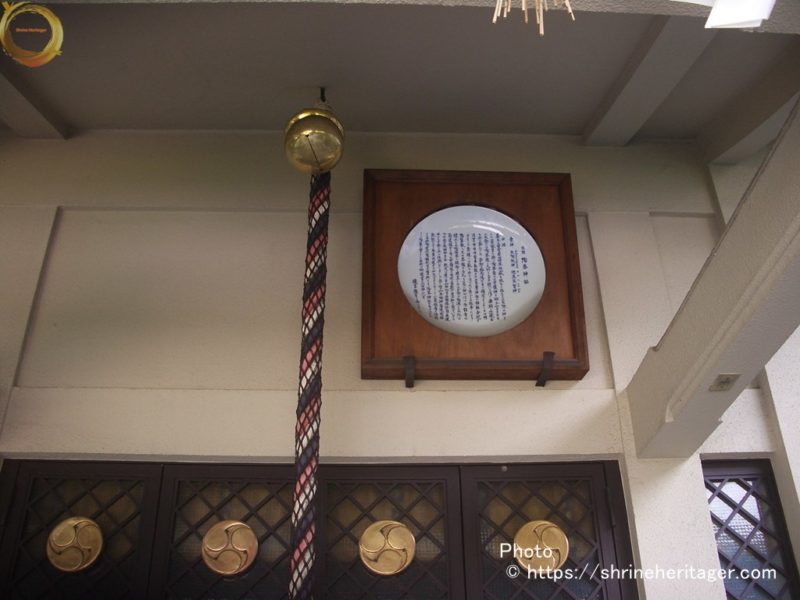
There is a "fire protection pottery shrine" on the flat forehead.
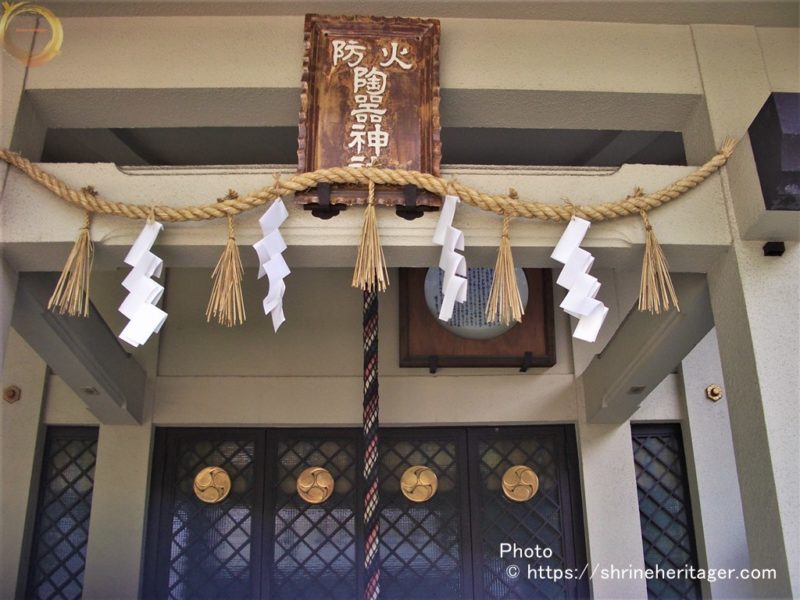
Inari Shrine, a lantern that says "Takimaru Inari Daimyojin" goes down.
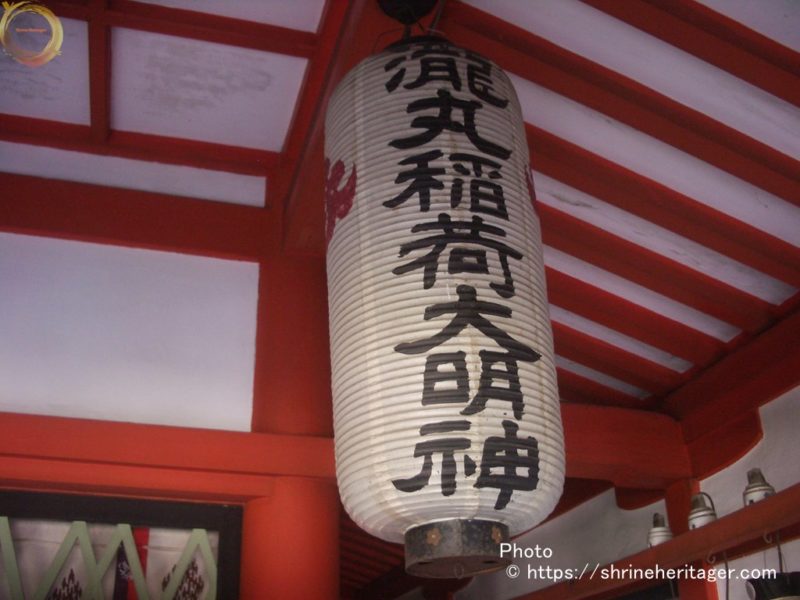
There is a company office in the south of the precincts, and you will be awarded a seal, etc.
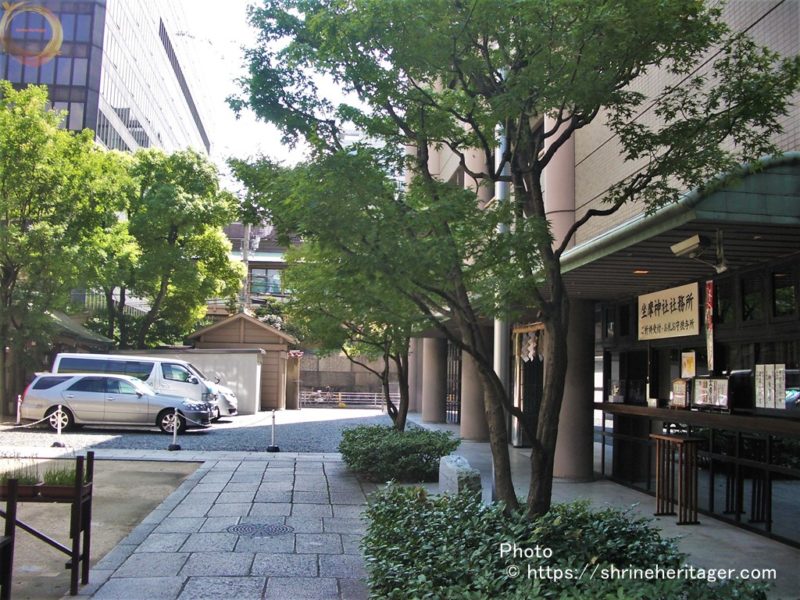
I'm going to leave the precincts, go through the torii gate, look back, and bow.
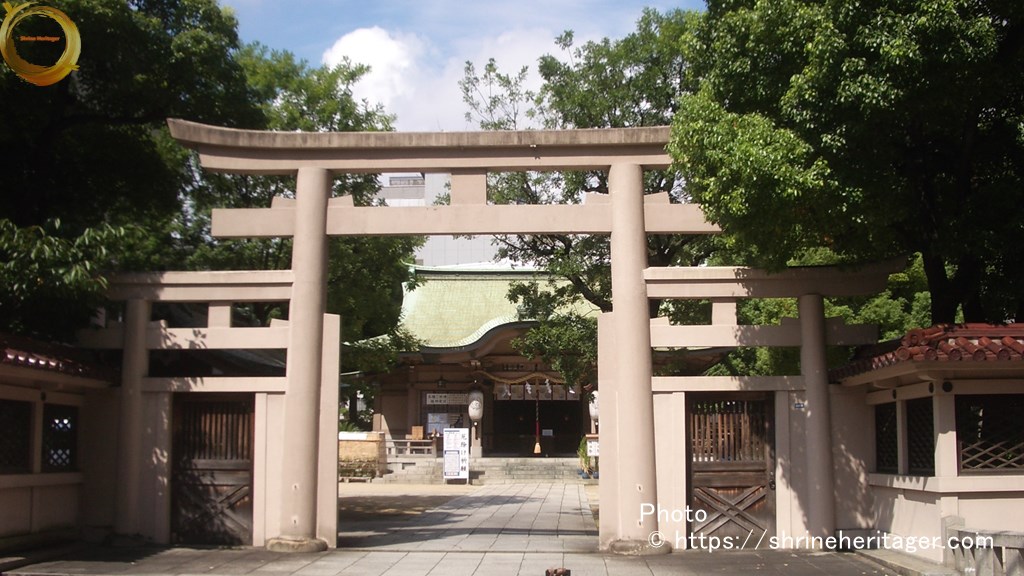
スポンサーリンク
神社の伝承(Old tales handed down to shrines)
I introduce the thing related to this shrine and the literature described.
"Kogojui" A legend written in the dedication at the time of emperor Jinmu's accession to the throne
"Ikasuri no okami" is a general term for the five pillars of god enshrined in the Jinjo-kan-nishi-in as a god that protects the land of the Imperial Palace.
"Zashima Ogami" written in "Kogojui" (compiled in 1987) by Hironari Saibe (2nd year) is written as the same origin as "the gods of the eight temples" and "the gods of the living island" that were enshrined in the imperial palace by the god imperial palace at the time of the throne of the first Emperor Jinmu.
Nordhaven
"I built the 籬 of God (himorogi) as it was in the reign of the Imperial Two Founders.
So-called (iwayuru)
Takako-san spirit (takami musuhi)
The spirit of the Emperor of God (kami musuhi)
Soul retsu (tamatsume musuhi)
Production spirit (yaku musuhi)
Foot spirit (taru musuhi)
Omiya Asahijin (omiyame no kami)
The head god of the thing (kotoshironushi no kami)
Gozenjin (miketsu no kami)
[Ijo now is the sai matsuri (celebration) of mikamunagi]Kushikuma Togami (kushi iwamado no kami)
Toyokuma Togami (toyo iwamado no kami)
[Ijo) Imamido's shrine (kaminagi) is enshrined in the Saisai Festival.Iku shima
[Kore is the spirit of oo yashima (mitama) and it is a shrine of the shrine of iku shima (ima) now (celebration) ].Zama (ikasuri)
[Kore is the spirit of omiyadokoro (mitama) and now is the saimatsuri of the shrine of ikasuri (kamunagi].
[Original reference] National Archives Digital Archive "Correction Old Word Collection" Winner: Hironari Saibe 2nd year (807) Compilation / School Revision: Saruwata Yomori Book , Meiji 02 , Masaji Kimura https://www.digital.archive es.go.jp/DAS/meta/listPhoto?LANG=default&BID=F10000000000047473&ID=&TYPE=&NO=Image Utilization
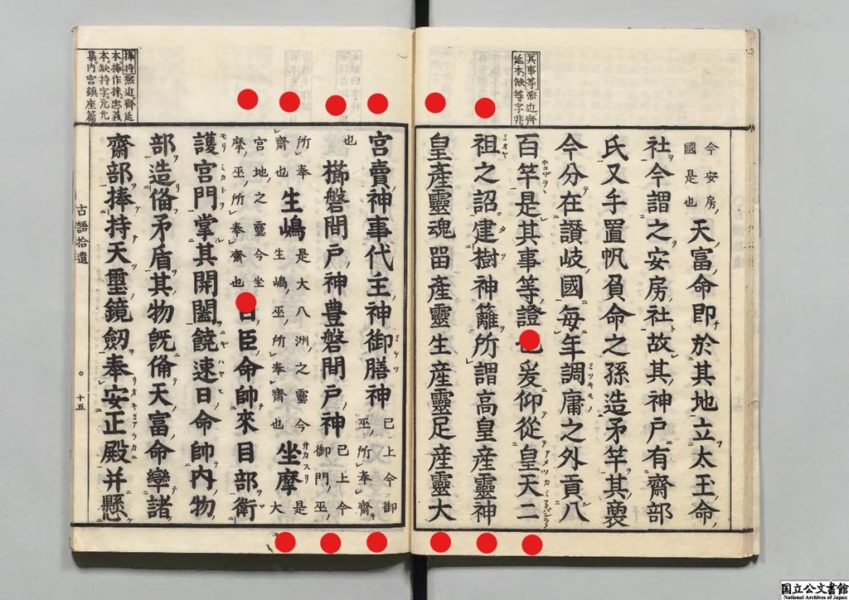
Manyo Shu, Vol. 20, 4350
"Asuha no kami", one of the pillars of "Ikasuri no okami", is a god of travel, and it is said that the guardian (saki mori) who goes to Kyushu prayed for the safety of the road on the journey.
"Title" (Tenpei Katsuho 7-year-old Otomi February Ai-replacement Chikushi Morokuni defense person, etc.)
(Japanese reading) To the god of Asunami in the garden, Say by the time I come back to Sai
I pray to Asunami-jin who is enshrined in the garden, and until I return home, the right head is the main book cho Wakama續 club various people (wakawomibe no morohito)"
[Reference] National Archives Digital Archives "Manbashu" 20 years [former brewer] Koyoyama Bunko https://www.digital.archives.go.jp/DAS/meta/listPhoto?LANG=default&B ID=F1000000000004548&ID=M2014100619504988793 & TYPE=&NO=Image Utilization
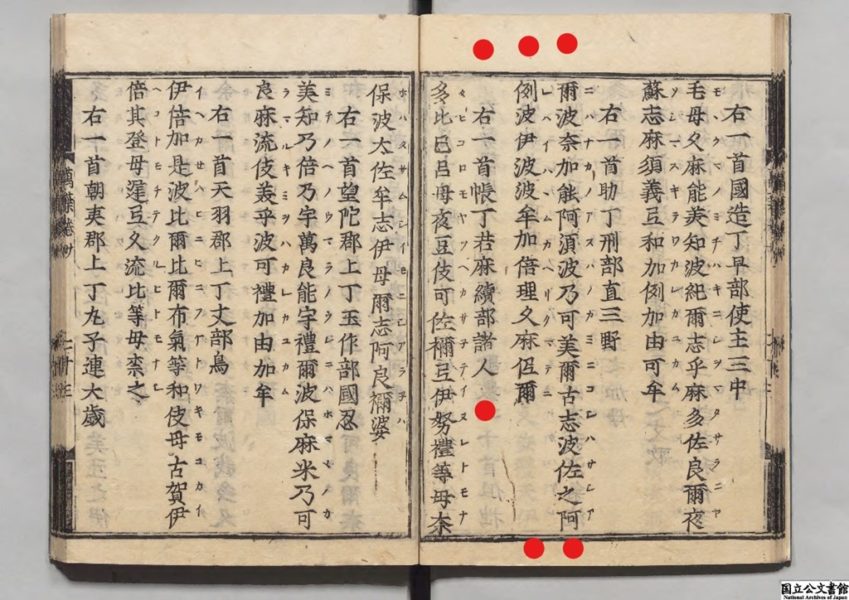
It is said that Empress Jingong, who is one of the oldest shrines in Osaka as Settsu Province Ichinomiya, was built by a oracle at the mouth of Yodo River on the way home from the March 3nd, and the old jinzachi was located in the "Zama Shrine Gyogu" in Nanzu, Tenmanbashi, but it was in the Osaka Castle of Dazai Hideyoshi and will be enshrined in the present place Osaka merchant town "Funaba".
"hai" (90-degree bow) at Ikasuri shrine
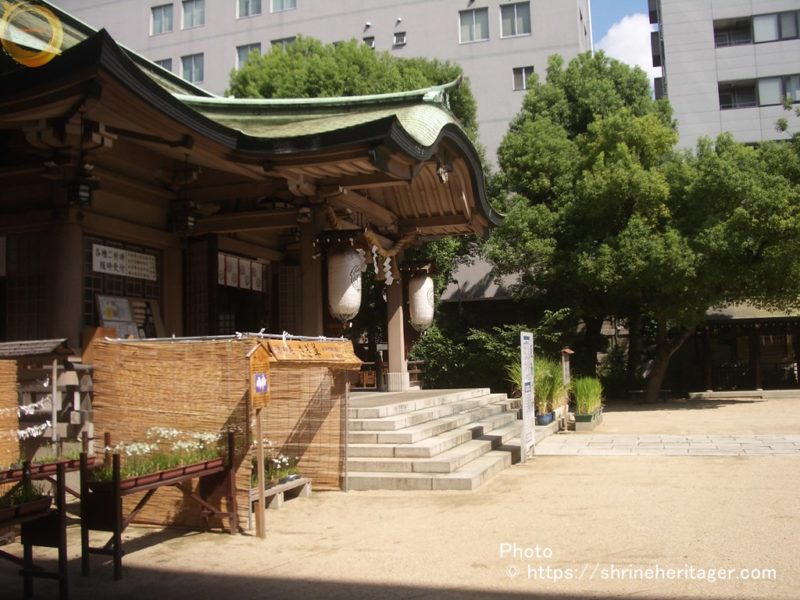
"Ikasuri no okami" is a god of five pillars enshrined in The Jinjo-kanzai-in as a god who protects the land of the Imperial Palace, but please also refer to the article of [Eight Temples] which was also enshrined in the Shintokan Nishiin.

